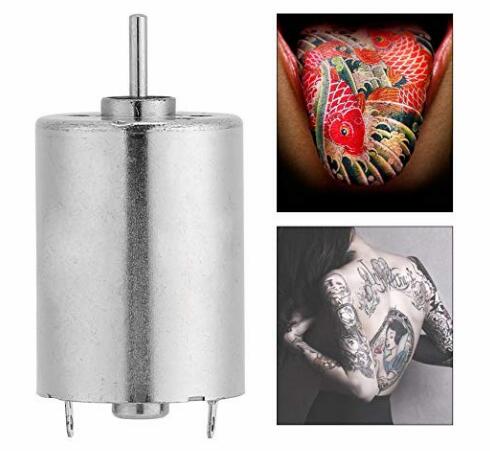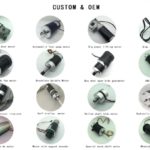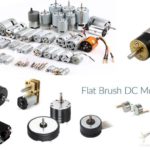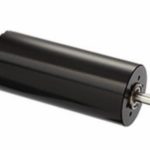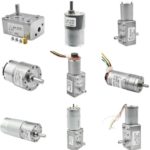Brushless DC Motor Precautions
(1) Before disassembling, use compressed air to blow off the surface dust of the motor and wipe off the surface dirt.
(2) Select the working location where the motor is disassembled and clean up the site environment.
(3) Familiar with the structural characteristics of the motor and the technical requirements for maintenance.
(4) Prepare the tools (including special tools) and equipment needed for disintegration. (5) In order to further understand the defects in the operation of the motor, an inspection test can be performed before disassembly in case of conditions. To this end, the motor is loaded with a load test, and the temperature, sound, vibration, etc. of each part of the motor are inspected in detail, and the voltage, current, speed, etc. are tested, and then the load is disconnected, and a no-load inspection test is performed separately, and the test is performed. Record current and no-load loss.
(6) Cut off the power supply, remove the external wiring of the motor, and make a record.
(7) Test the insulation resistance of the motor by using a megger with a suitable voltage. In order to compare the insulation resistance value measured at the time of the previous inspection to determine the change trend of the insulation of the motor and the insulation state, the insulation resistance value measured at different temperatures should be converted to the same temperature, generally converted to 75 °C.
(8) Test the absorption ratio K. When the absorption ratio is greater than 1.33, it indicates that the motor insulation is not damp or the degree of moisture is not serious. In order to compare with the previous data, the absorption ratio measured at any temperature is also converted to the same temperature.
Position sensors are available in magnetic, photoelectric and electromagnetic types.
A brushless DC motor using a magnetic sensitive position sensor, the magnetic sensing element (such as a Hall element, a magnetic sensitive diode, a magnetically sensitive diode, a magnetoresistor or an ASIC) is mounted on the stator assembly. To detect the change of the magnetic field generated when the permanent magnet and the rotor rotate.
A brushless DC motor using a photoelectric position sensor has a photoelectric sensor device arranged at a certain position on the stator assembly, and a light shielding plate is mounted on the rotor, and the light source is a light emitting diode or a small light bulb. When the rotor rotates, the photosensitive components on the stator will intermittently generate pulse signals at a certain frequency due to the action of the visor.
A brushless DC motor using an electromagnetic position sensor is provided with an electromagnetic sensor component (for example, a coupling transformer, a proximity switch, an LC resonance circuit, etc.) on the stator assembly. When the position of the permanent magnet rotor changes, the electromagnetic effect will cause the electromagnetic sensor. A high frequency modulated signal is generated (the amplitude of which varies with rotor position).
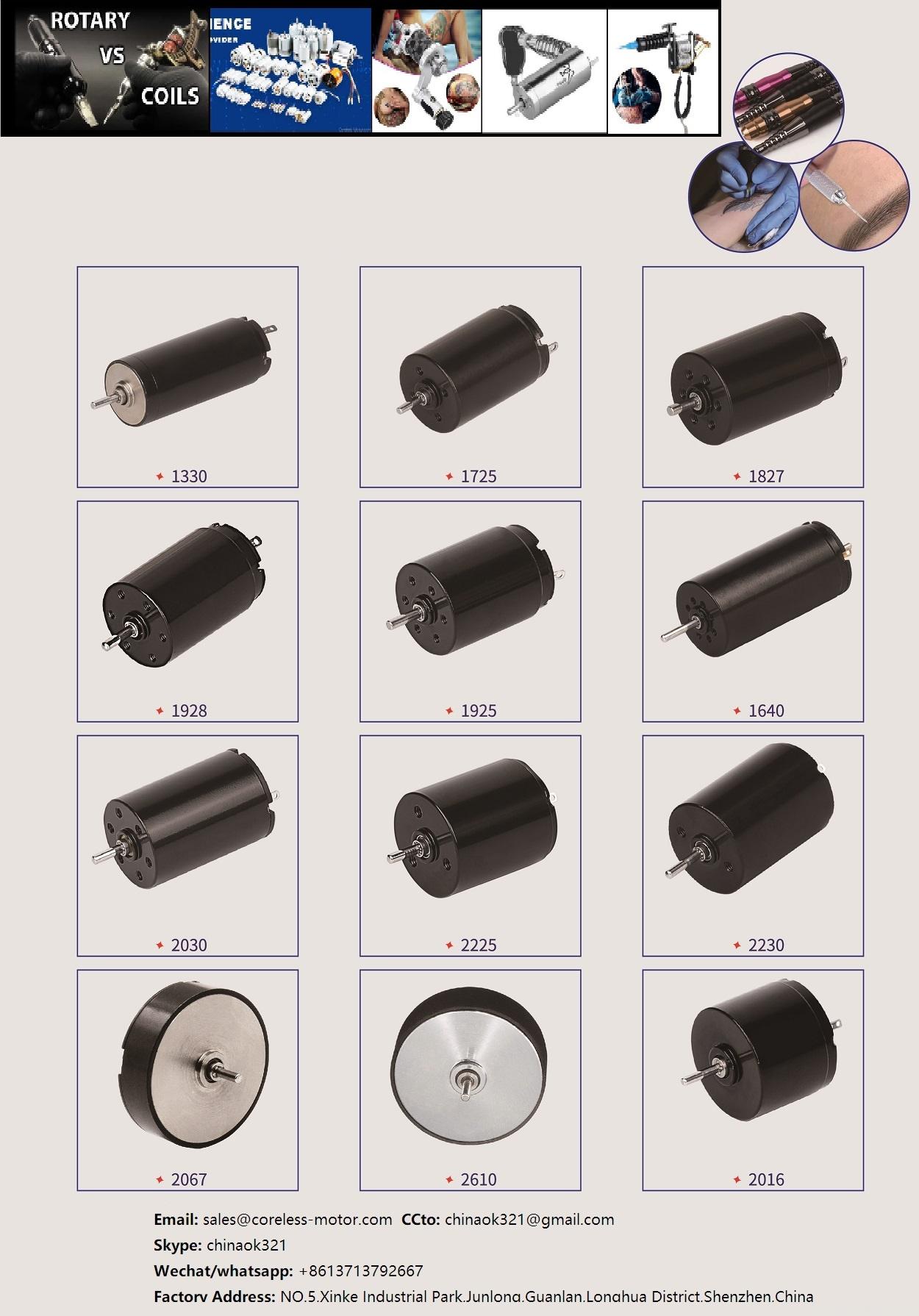
Tattoo Machine Coreless Brush Motor BLDC Brushless Micro Mini Motor China Factory Manufacturer

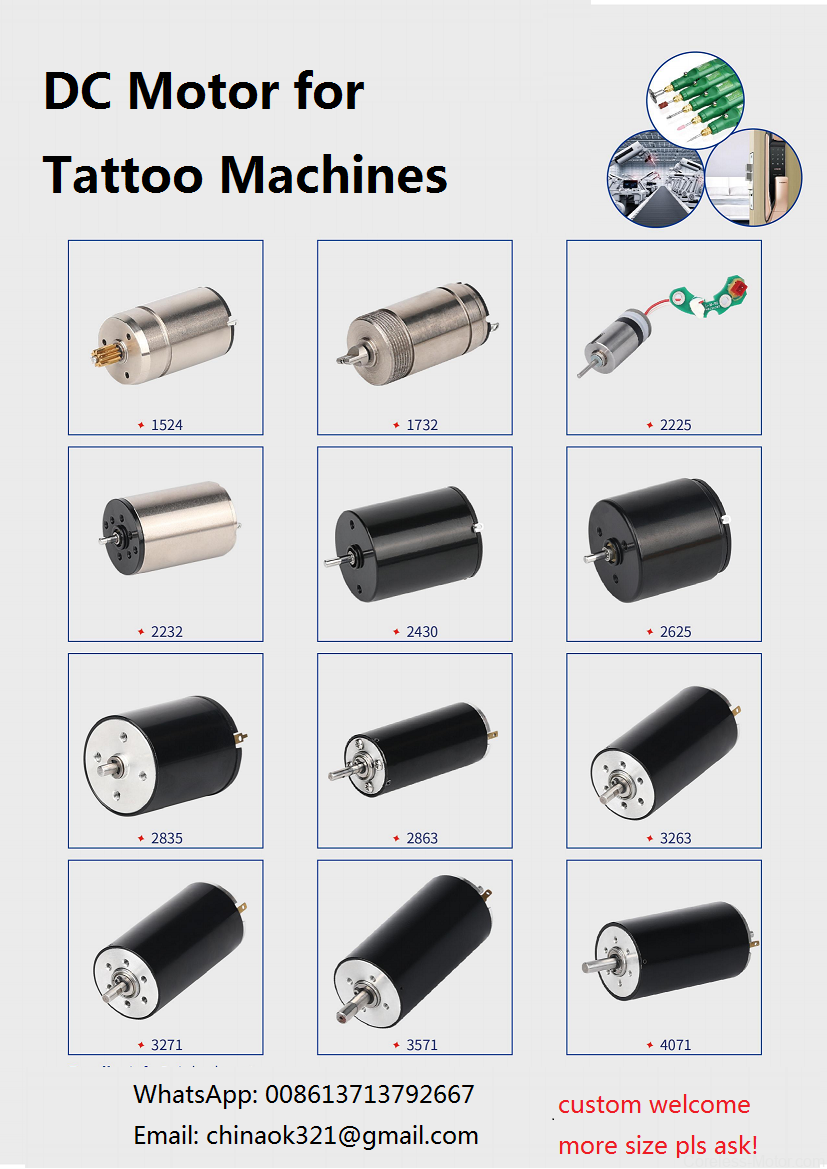
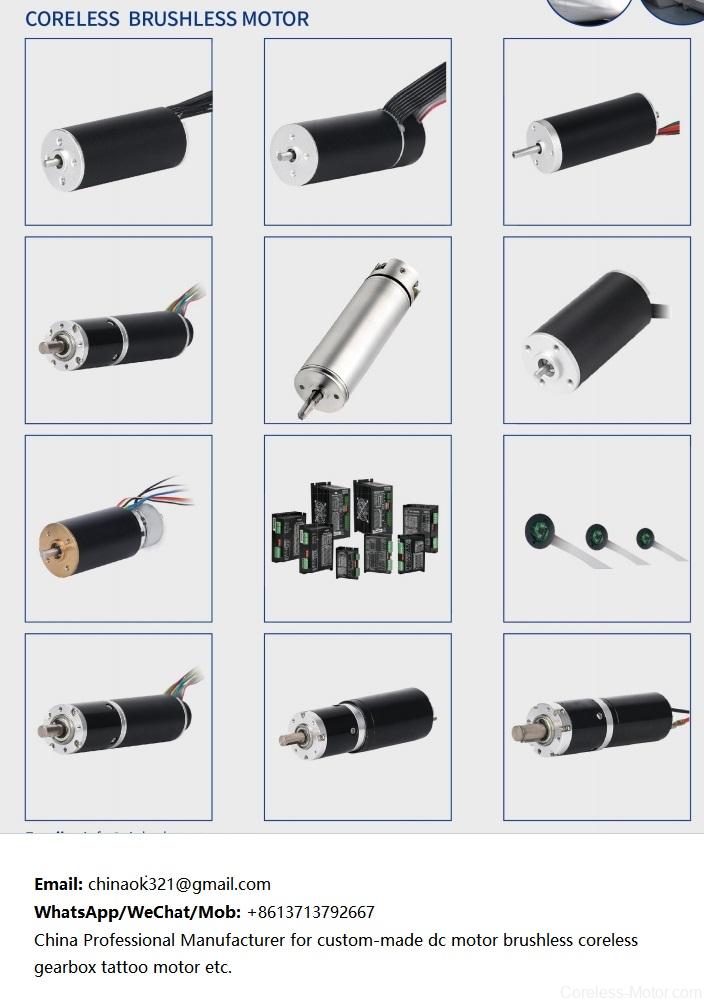
We accept customized specification, contact us now for your requirement. We will be delighted to make samples for you.
Email: chinaok321@gmail.com Mob/Wechat/Whatsapp: 8613713792667 Skype: chinaok321

